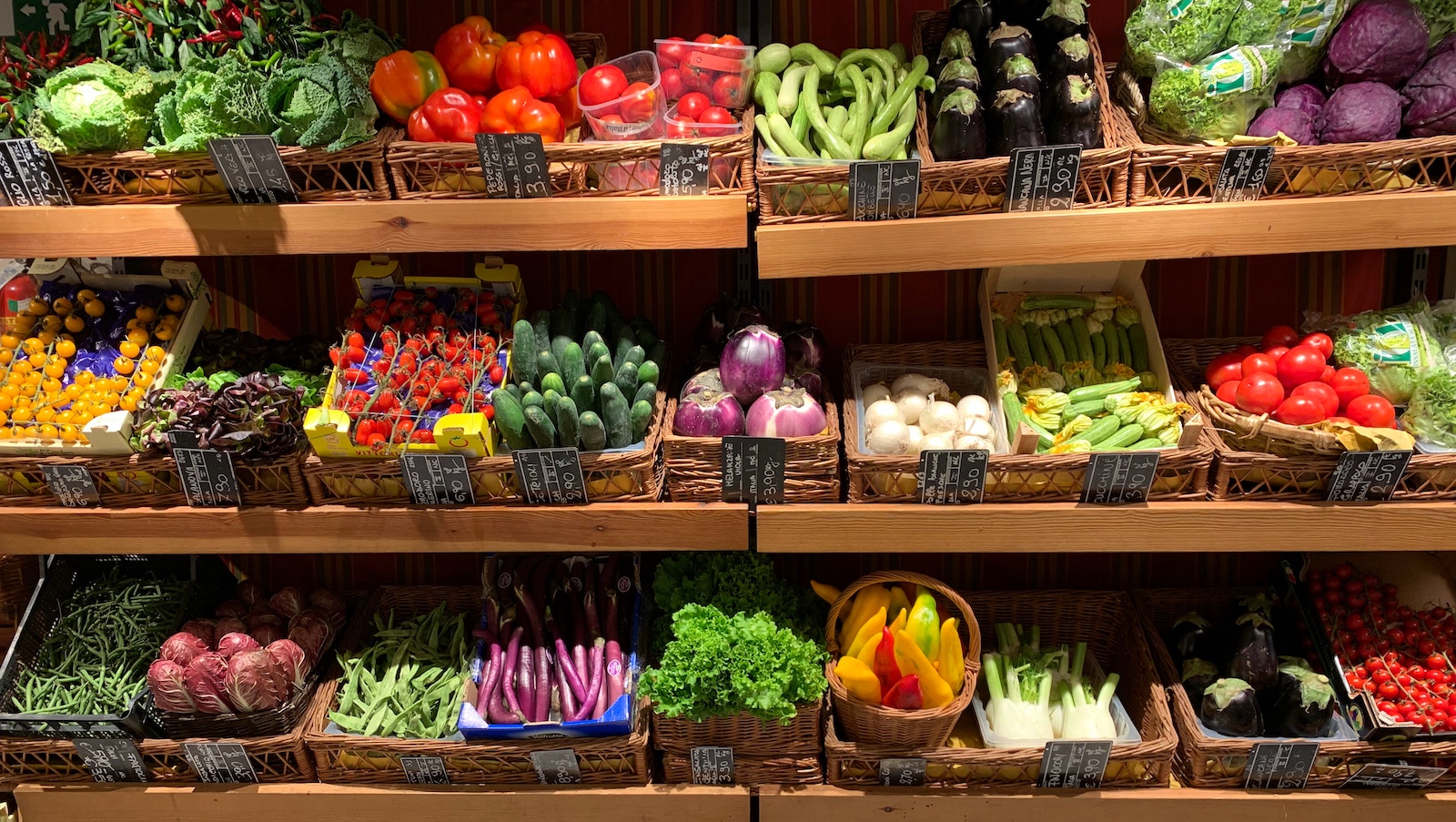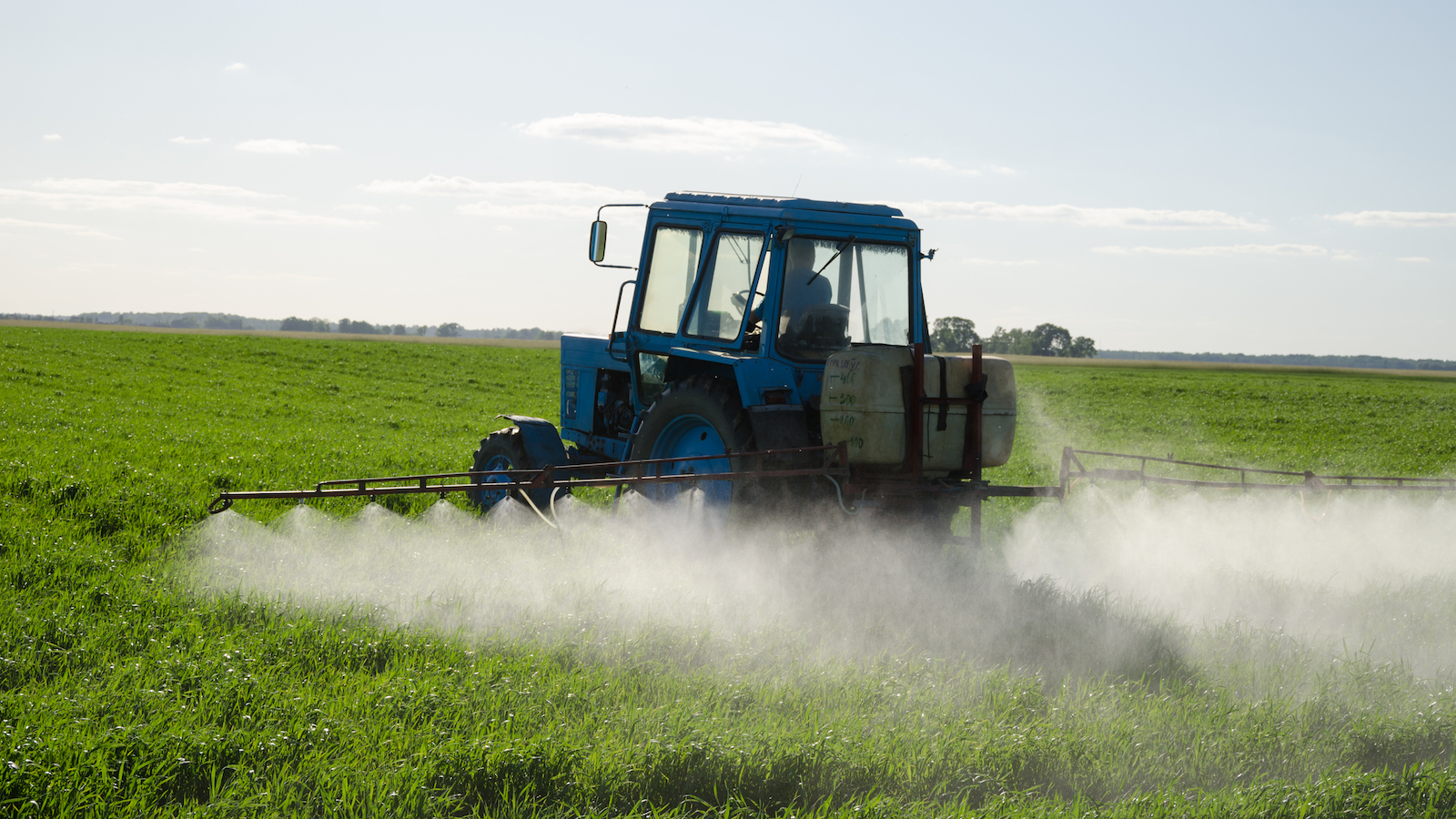
Poultry Industry And USDA Wants to Put Dangerous Chicken on Your Plates
The new USDA proposed poultry inspection rule is being hailed as a commonsense, cost-saving rule by OIRA and of course the poultry industry. But in reality the proposed rule might actually put more dangerous chicken on your plate.
The new USDA proposed poultry inspection rule is being hailed as a common sense, cost-saving rule by the federal Office of Information and Regulatory Affairs (OIRA) and the poultry industry. It will purportedly streamline antiquated poultry inspection requirements, allowing companies to choose a more flexible approach, with five-year savings apparently in excess of $1 billion. But in reality the proposed rule might actually put more dangerous chicken on your plate.
This proposed rule would allow poultry plants to speed up their processing lines from 140 birds to a maximum of 175 birds per minute. Many consumer such as U.S. PIRG, Consumer Federation of America, and Food and Water Watch are concerned that these extremely fast processing lines will pose a dangerous threat to our health. At this fast rate of inspection, a single inspector will have to inspect about 3 birds every second, making it almost impossible for poultry workers to detect all diseased and damaged carcasses of chickens. Currently poultry plants have chicken on their processing lines at 140 birds per minute; even that is considered misguided by the Southern Poverty Law Center, which handles many poultry worker cases, where the most common is that the existing line speeds are already too fast.
However, the USDA continues to firmly believe this approach will save taxpayers money – but at what cost? It is hard to imagine that increasing the speed on processing lines to 175 birds a minute will ensure the chickens we are buying at the grocery store are not diseased or infected with campylobacter or salmonella. Research has shown that currently sixty-two percent of chickens test positive for campylobacter and fourteen percent test positive for salmonella. The U.S. already is falling short of 2010 goals to reduce salmonella, listeria and campylobacter outbreaks.
Contaminated foods including contaminated chickens result in roughly 48 million illnesses per year. The new speed to inspect chickens is so fast that every time an inspector blinks, several chickens may pass by unseen and uninspected. This new proposed rule is also worrying in view of the recent Government Accountability Office report saying the FDA’s food advisory and recall process needed strengthening. Right now all the facts point to this new rule only increasing the overall number of foodborne illnesses. If the FDA is in need of strengthening, then the USDA’s food advisory and recall process will also need strengthening if this rule is implemented. This is obviously a rule that will only protect the poultry industry’s business interest, not the public health and consumer safety of the American public.
Co-written with Nasima Hossain, Arizona PIRG Federal Public Health Advocate.
Topics
Authors
Diane Brown
Executive Director, Arizona PIRG
Diane E. Brown has worked with the State PIRGs for over 35 years, over half serving as the Executive Director of Arizona PIRG. She is a leader in efforts to protect consumers from unfair marketplace abuses and unsafe products; promote 21st century energy and transportation options; and foster an accessible and accountable government. Diane frequently works with diverse entities; advocates and testifies before elected and governmental officials; and appears on television and radio and in newspapers across the state. Diane’s leadership has helped to secure public interest victories at the Arizona Legislature, the Arizona Corporation Commission, and various state agencies. Diane is a recipient of awards from the Arizona Capitol Times, Phoenix Business Journal, League of Women Voters of Arizona, and Arizona League of Conservation Voters.
Find Out More

New report reveals widespread presence of plastic chemicals in our food

How much food waste does America create and what can we do about it?

Toxic PFAS chemicals are being sprayed on crops across the country

